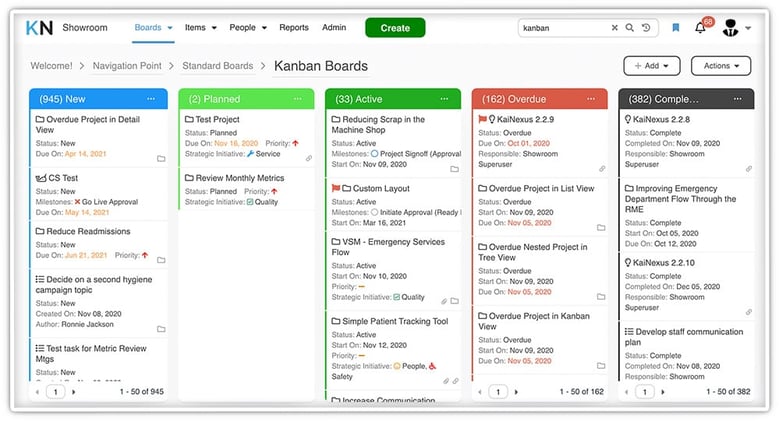 Taking responsibility for managing the work of others for the first time can be somewhat intimidating. Now, you are in a position to magnify your impact on the organization by helping others produce outstanding results. While it is true that there’s no substitute for experience, there are some proven tools and techniques that can help you hit the ground running. Here are a few of our favorites.
Taking responsibility for managing the work of others for the first time can be somewhat intimidating. Now, you are in a position to magnify your impact on the organization by helping others produce outstanding results. While it is true that there’s no substitute for experience, there are some proven tools and techniques that can help you hit the ground running. Here are a few of our favorites.
Standard Work
Standard work is the documented current best practice for every task and process. If it isn’t already in place in your department, it’s an excellent first project to implement it. Don’t worry; you don’t have to come up with the best practices yourself. In fact, Standard Work should be developed by the people who operate the process. Once you and your team have documented the procedures, the Standard Work will form the basis from future improvement. Establishing Standard Work will make it easier to predict results, train new employees, and implement positive change.
Kanban Boards
One common concern that new managers share is feeling a lack of control. An excellent way to combat this is with the use of visualization. If you can see work moving through the process, you can react to delays and backlogs. A popular tool for this called a Kanban board. The technique was pioneered by Toyota to control inventory on the factory floor. The concept can be applied to any work that moves through a process. It’s also excellent for managing improvement projects. Kanban boards can be physical objects, but modern organizations have digitized them so that they can be accessed by anyone who needs them from anywhere.

Gemba Walks
The word “Gemba” is Japanese for the real place. In the context of work, the Gemba is the place where work is done. During a Gemba walk, a manager goes to the factory floor, office, or wherever processes are operated. The objective is to show respect for workers, ask questions, and potentially identify opportunities for improvement. Improvements aren’t made during the walk; rather, they are implemented after a time of reflection and an improvement cycle (more on that below).
5 Whys
One mistake that many new managers make is to jump right from problems to solutions. After all, it’s your responsibility to achieve the desired results, so fixing problems quickly seems like a good idea. The problem is that applying the first patch you can think of may not solve the problem, and in many cases, it will create more problems. Genuine improvement requires understanding the root cause of a problem and rectifying it. The 5 Whys is a simple way to search for root causes. Simply ask the question “Why” as many times as it takes to get to the heart of the matter. It usually takes about five. (Here are some examples.)
PDSA
We mentioned implementing positive change using an improvement cycle a few paragraphs ago. The one we recommend using at first is called PDSA. It is a way to make sure that the changes you make are thoughtful and successful over the long-term. The steps are:
Plan: At this point, you get a solid understanding of the problem and define the desired future state. Goals and metrics are set, and the team is assembled. Possible solutions are discussed, and one is selected for implementation.
Do: The agreed-upon change is implemented, and measurement against the metrics begins.
Study: After the change is in place, data is collected to determine whether the desired state has been reached.
Adjust: If the results are not as expected, or if there are additional gains to be made, a new plan of action is considered, and the cycle begins again.
Improvement Broadcasting
The best managers are those that give credit where credit is due. Your value is no longer just your individual contribution. It’s now your ability to lead a successful team. That means when anyone on your team does something positive that stands out, it reflects on you. That’s just one of the reasons that sharing the success of your team members is a great idea. It will also help motivate them to continue excellent work. If your organization is using a process management platform with improvement broadcasting built-in, be sure to use it liberally.
As you make the switch from being an individual contributor to being a manager, there will be bumps in the road. Don’t panic. Learn from every experience and get a little better every day. These tools will help you accelerate your development and confidence.



Add a Comment